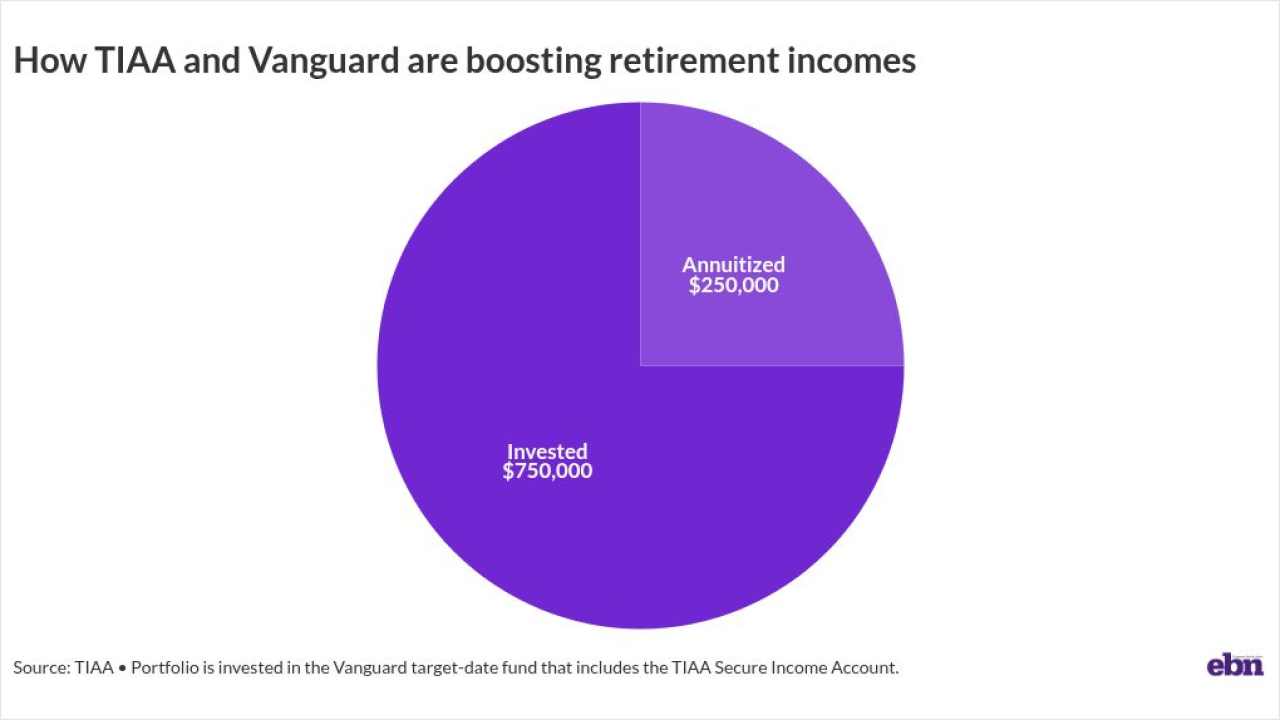As the job market becomes more competitive, benefits are becoming even more crucial for employers to keep talent. However, a new survey finds, a number of employers are not offering their employees any perks.
According a
“The [percentage of employers who don’t offer benefits to employees] surprised me at first, but in the context of the survey respondents’ company sizes, I don’t think it’s ultimately a shock,” says Elizabeth Ballou, a writer and content developer of the study. “Thirty-six percent of the respondents worked at companies with 1-50 employees, and those small businesses aren’t required to provide health insurance.”

However, Mary Pharris, business development manager at
Pharris cites health insurance, paid time off and retirement plans as the most attractive benefits to prospective employees — the same benefits identified in the Clutch survey.
Employers’ reasoning for not providing benefits tend to fall into two categories: Not having enough money to provide benefits and a lack of understanding about offerings.
Benefits, especially healthcare, are expensive, Ballous says. Small businesses, or those not flush with cash, may choose to provide no benefits or a bare minimum of benefits because it’s better for their bottom line. Additionally, the complexities of retirement savings, paid parental leave and healthcare may result in many small businesses with a small or nonexistent HR department to forget about offerings entirely.
Communication between benefit managers and workers is vital to ensure benefits are properly implemented. Businesses should recognize that employees want various types of benefits, and their needs depend on their age, gender, and number of dependents, among other factors, Ballous says.
Positive dialogue ensures that full-time employees get the benefits they want. Nearly one-third of employees say that they feel neutral about, or are not satisfied with, the benefits they receive, the study notes.
Experts say the best way for employers to address workers’ satisfaction levels is to have routine discussions about benefits and encourage employee feedback. “It makes no sense to create a policy that employees don’t think adds any value for them. These benefit choices should be a conversation,” Pharris says.





